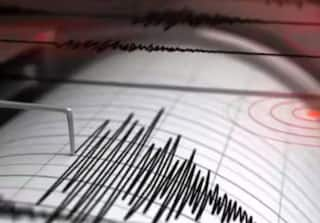Google & Harvard University Makes Major Breakthrough: Creates Most Detailed Map Of Human Brain With AI's Help
This breakthrough highlights a significant advancement in brain science, and it gives an unprecedented level of detail in understanding the wiring of the human brain.

Google and Harvard University are working together on a project about human brains and recently, a major breakthrough has been made in the process. The efforts resulted in the creation of probably the most detailed map of human brain connections. Notably, this achievement focuses on a cubic millimetre of the cerebral cortex that was extracted from a patient during epilepsy surgery back in 2014.
Since a decade, a team of biologists and some machine-learning experts have been meticulously analysing this small tissue sample. This tiny sample contains around 57,000 cells and 150 million synapses.
This breakthrough highlights a significant advancement in brain science, and it gives an unprecedented level of detail in understanding the wiring of the human brain.
How Was The Mapping Done
The process started by staining the brain tissue with heavy metals, which attach to the lipid membranes in cells, making them detectable under an electron microscope. After staining, the tissue was embedded in resin and sliced into ultra-thin sections, each only 34 nanometers thick. This approach transformed a complex 3D challenge into a more manageable 2D one, resulting in a massive dataset totaling 1.4 petabytes.
To reconstruct these 2D slices into a coherent 3D model, the team used machine-learning algorithms developed in partnership with Google. This involved aligning the images and automatically segmenting different cell types, although manual adjustments were necessary to fine-tune the accuracy of these segments.
Challenges, Future Projects
The resulting map offers extensive insights into the brain's cellular structure, revealing neurons with over 50 synapses—an observation that had been previously overlooked but could be essential for understanding cortical processing. Despite this progress, the project faces significant challenges, such as the need to manually verify the vast amount of data to correct segmentation errors. Some cells, including mysterious egg-shaped structures and tangled formations, remain puzzling. These anomalies could yield new insights but require more investigation.
Now publicly available, the brain map opens new research possibilities. It has the potential to advance our understanding of mental health disorders like schizophrenia and could inspire improvements in AI by mimicking brain functions. Future initiatives aim to expand this research to encompass entire mouse brains and additional human brain regions, potentially leading to further breakthroughs in neuroscience and related disciplines.






































